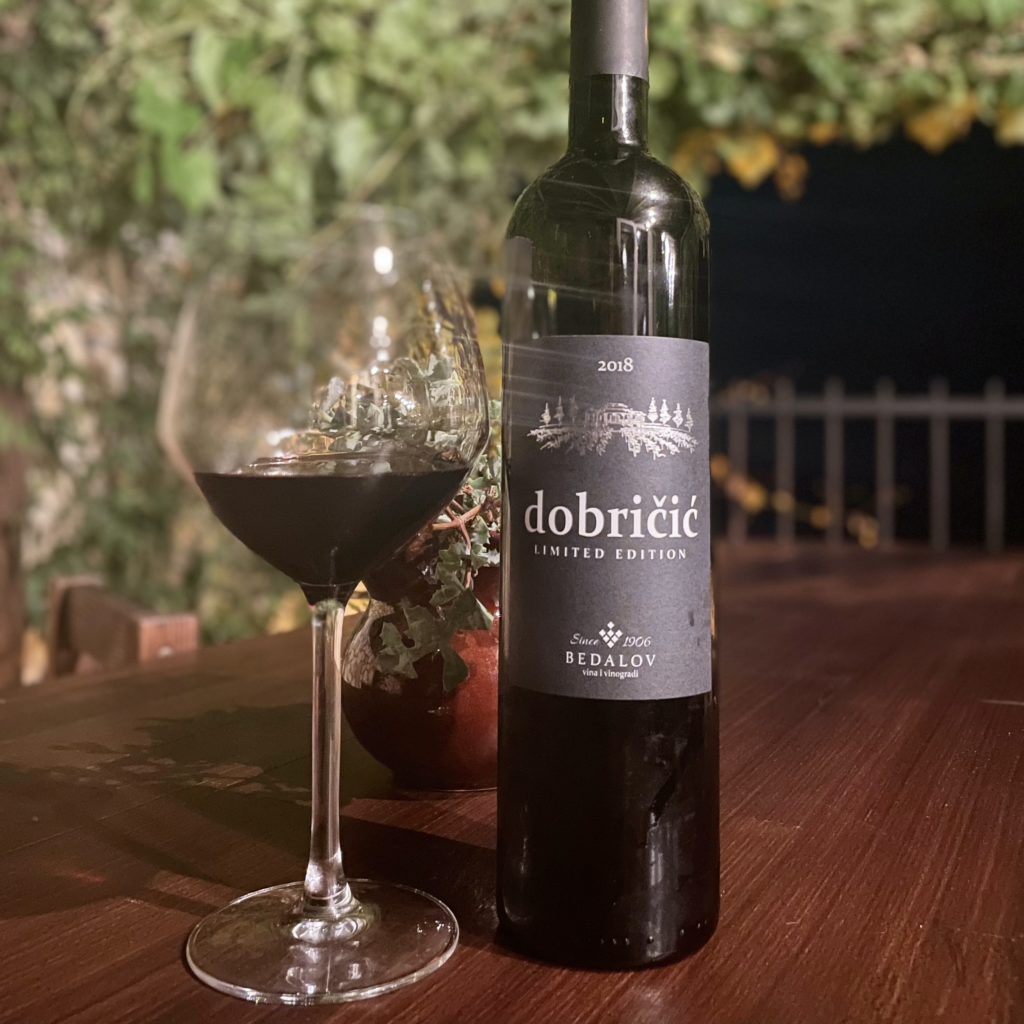It is easy, when choosing what wine to drink, to focus on what you know. The most well known grape varieties are so because they consistently produce high-quality juice for wines across a broad range of styles and prices. Croatia, however, is a land of hard-to-pronounce, very old, indigenous varieties whose names few people outside this small country have heard. Even if you’ve been lucky enough to visit and had the opportunity to try the wonderful array of local wines, chances are that you’ve missed some of Croatia’s native varieties. This is a love letter to those more difficult to find, lesser-known wines, that often astonish with their unique character and reward those who go in search of them.
Dobričić (DOB-RICH-itch) is one of the ancient, indigenous grapes of the Dalmatian coast, but gets much less play than its co-parent, Crljenak Kaštelanski (Zinfandel), or their more popular offspring, Plavac Mali, the most widely planted red grape in Croatia. In fact, Dobričić was near extinction until the early aughts. Cultivated on Šolta for nearly a millennium, it has often been used to enhance color and tannins in other wines. The story has it that barrels of Dobričić were once shipped around Europe and the juice found its way into far better-known wines like Bordeaux. On its own, it is generally quite low in acid and sugar, which can result in astringent, low-alcohol wine. Dobričić is rarely grown outside its ancestral island of Šolta or the neighboring Čiovo, with some plantings in the Trogir-Kaštela terroir, but a handful of vignerons have been working to reestablish it as a variety worthy of appreciation on its own terms. Take note: it is.

Winery Bedalov, in Kaštel Kambelovac, just 15 minutes from Split, is one shepherd of the revival. Led by winemaker Jakša Bedalov, this small, family-run operation is taking a chance on keeping this less-known ancient grape alive. Bedalov’s 2018 Dobričić makes clear why red wines, in Croatian, are called crna vina, or black wines. Its pitch-dark core only hints at the deepest purple edge. It erupts from the glass with dried sage, smoke, dusty lavender, dried figs, damson plum, wild strawberry, pomegranate, and vegetable-tanned leather. Rustic in the most enjoyable ways, this wine transports you through time. Imagine hiding from summer’s heat among the shade of gnarled, thousand-year-old olive trees, the sun sparkling like a million stars on the sea. It could be any when. For a grape known to lack acid, this has just enough to balance the ample grippy tannins. As the sun sets on the last days of the season, some new friends and I drink beneath the vine-draped arbor of Bedalov’s waterfront tasting room, looking across Kaštela Bay at Marjan hill, island Čiovo, and, in the darkling distance, island Šolta. To make friends over wine, compare notes, laugh, and tell stories is the most rewarding thing about wine. To drink a wine in view of its ancient origins is part of what makes this bottle so revelatory. But that’s the beauty of life in Dalmatia; if you seek it, you can find this kind of experience, product, and place, within a short drive or ferry ride.
With our bottles—we also open Bedalov’s 2017 Tribus, a cuvée of Crljenak Kaštelanski, Plavac Mali and Dobričić—we are served an array of crostini: tuna, bacalar with caper berry, pašticada, red pepper with sea bean, and local cheese. Atop them, as a garnish, is a delicate fennel flower. I nibble on a small piece, enjoying the big, fresh black-licorice flavor packed into such a small bud. When I taste the Dobričić immediately after, it transforms into an entirely new experience. The savory notes of the wine perfectly interact with the sweetness of the fennel flower, the red fruit is more pronounced, the tannins soften, and you are here, now, in the place where these scents, flavors, and sensations are born. The full moon peeks through an opening in the vine-draped pergola overhead. A few fat drops of rain tease the coming autumn, the season for which this wine is perfectly suited.
Other Producers of Dobričić
Burica (Šolta)
Dom Kalebić (Šolta)
Dražen Zanchi (Kaštela)
Kaštelanac (Šolta)
Tomislav Purtić (Šolta)
For information about visiting Vina Bedalov, use our Winery Finder Tool.
[Title photo: courtesy Vina Bedalov]
James Meetze [Metz] is the award-winning author of five books of poetry, a professor of writing and film studies and an autodidact oenophile. Since 2017, he has been dividing his time between San Diego, California, and Split, Croatia, where he now lives, listens, tastes, and writes. Follow his wine adventures on Instagram @wineversed.

